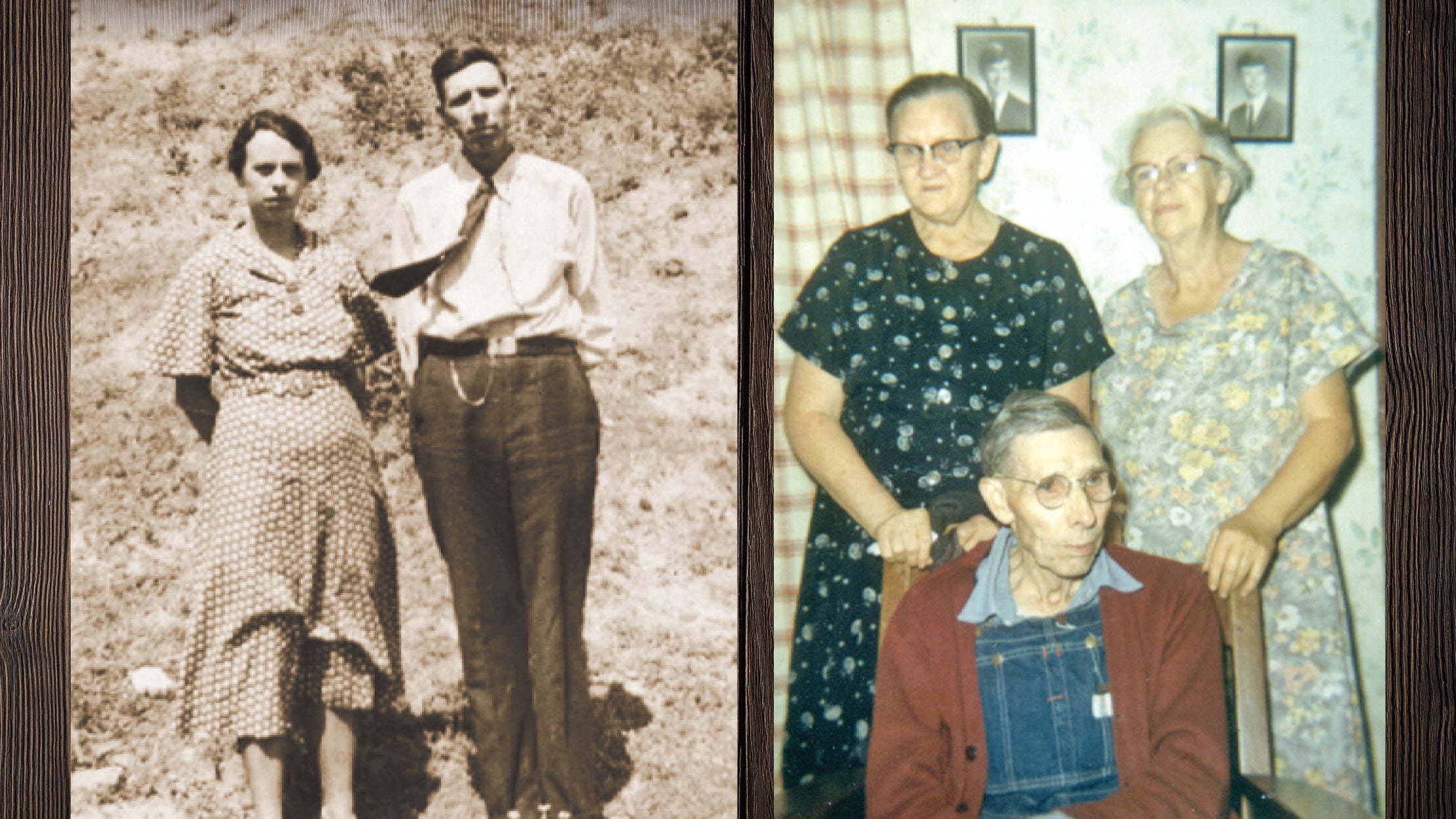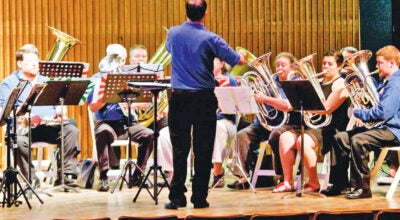PROFILE 2020 – 100 Years of Aaron’s Creek
Published 10:32 am Sunday, March 1, 2020
In the 1920s, my grandfather, George Dempse Mitchell, purchased 120 acres of land on Aaron’s Creek in Lawrence County. Though I wasn’t in existence then, I guess you could say that decision laid the course for generations of my family.
I find myself wondering what life must have been 100 years ago when he moved his family to the only place I know as “home.”
I imagine moving to Lawrence County was the culmination of a life dream. They longed for a simple life. Now they had their own land and merely wanted to take care of their family in peace.
I remember stories my granny, Nora Maude Turner Mitchell, told of the early days on Aaron’s Creek. She and Grandpa were yeoman farmers. They worked their modest land with family labor, taking care of most all their living needs. They were honest, virtuous, hardworking and independent people.
Grandpa always had a workhorse and, with woodworking and blacksmithing skills learned from time in the coal mines of West Virginia and Eastern Kentucky, created their livelihood with Granny always beside him.
In those days, Granny said they only went to town (Ironton) twice a year — in the spring and in the fall.
Grandpa would harness the horse to the wagon he built with his own hands and travel 18 miles along the dirt and gravel roads up Aaron’s Creek, down Cannon’s Creek and along Route 93 until he reached his destination. Granny said she was grateful for the winding roads because it gave Old Jack, the horse, a chance to rest as he pulled the load up and down the steep hills.
Years later, a peddler man started sharing his wares throughout the Lawrence County dirt roads. He had converted an old school bus into a small store. The bus was painted turquoise blue and equipped with shelves of non-perishables and odds and ends. The peddler continued his routes until the 1960s. I know the approximate date, because I remember Granny letting me trade my tooth-fairy nickel on the peddler’s bus for candy.
They were God-fearing people. There were preacher men on both sides of their families. But Grandpa was claustrophobic and didn’t like being in church buildings, at least that was his excuse.
Granny’s parents, Steve and Rena Turner, lived on nearby land just down the creek from Granny and Grandpa. Her daddy was a “hard-shell, old regular” Baptist preacher.
A few times a year, Granny’s parents hosted church meetings at their Aaron’s Creek home. Steve Turner or a visiting preacher would stand on the porch of their modest home and preach for hours. People from all over Aaron’s Creek, John’s Creek and beyond would come in horse drawn wagons or buggies. The yard and bottom land in front of the house would be filled with blankets on the ground and picnic dinners as the preaching could go all day. Granny said Grandpa never missed one of these events.
I can remember when the road of Aaron’s Creek was first paved. Prior to that time, the grader would come down the road, pushing its gigantic blade along the rough and rutted road to even out the pot holes.
My siblings and I had a big time watching the men lay the hot tar pavement on the old road. Even Granny, Grandpa and Mom sat under the boxelder tree, watching the newest machinery change our dirt and gravel track to an official road.
In those days, we had party line phones. Each household had a different ring pattern, and you knew if a call was for you based on the ring pattern. Granny was a good woman, but she loved to listen in on others’ conversations. She’d keep one hand over the speaker part of the phone, with the receiver part to her ear. If we kids made too much noise, she’d shush us and continue listening.
I don’t want the reader to think badly of Granny. Everyone on the creek fell to this same temptation. That’s why every now and then, when the call was for our house, the speaker would say, “Okay. I heard you pick up. Get off the line now.”
One of the highlights of material progress I treasure is the day Granny’s house got indoor plumbing. Before that, we thought our Aunt Lucy and Uncle John down the creek were rich, because they had a hand pump right in their kitchen. They let the water and food scraps from dishes drain from the sink into a five-gallon bucket. Then they’d empty the bucket into the hog trough, where the pigs ate every morsel — nothing was wasted.
We came up in the world when worker men put in an electric pump and pipes that pulled water from the well Grandpa had dug decades earlier into Granny’s tiny kitchen. The men converted a small area by the kitchen into an actual indoor bathroom!
No longer would we be solely dependent on the two-seater outhouse Grandpa built for his family. You would have thought we were the richest people in the world the way we celebrated that moment!
Times surely have changed — some for the better. Aaron’s Creek has lane lines painted on it now. We no longer have a coal stove for heat. We have clean public water piped into homes along the creek. I not only have running water in my house: I have two bathrooms!
I don’t want to sound too nostalgic. I really don’t want to go back to the harshness the primitive forms of living caused 100 years ago. But I long for the closeness it demanded of us. The family depended on every member for existence. Neighbors depended on neighbors.
Maybe, just for a day, we could put down all the fancy technology and work beside each other. If we did, maybe we would talk more about what makes us worry, or what makes us excited. Maybe we would talk about things that really matter and remember what we mean to each other.
Aaron’s Creek continues to be a very special place, with the steep hills and the way the bottom land snugs the winding creek. I don’t know the reasons Grandpa moved his family to Lawrence County nearly 100 years ago, but I am so grateful he did.
STORY, PHOTOS NORA SWANGO STANGER
Nora Swango Stanger, a Lawrence County native and Appalachian outreach coordinator for Sinclair Community College, can be reached at norastanger@gmail.com.





